Part of what makes novels so appealing is how they allow us to step into the lives of others. This allows us to not only escape the real world — like in science fiction and fantasy — but also to see the real world through a new lens. To see — to feel and experience — what it’s like to live a completely different life, even if only for a moment.
This is why many people are drawn to the stories of the rich and famous, people whose lives seem so far out of reach. But what these stories reveal, more often than not, is how similar their experiences feel. Yes, they may attend extravagant galas, live in luxurious mansions and fly on private airplanes, but underneath they are still human. And readers find they share many of the same feelings and motivations, the same flaws and fears.
The following nine stories — both novels and short story collections, both modern and historic — dive into the lives of the rich and the privileged. By exploring their lives these authors reveal something much deeper. Something we might call “humanity.”
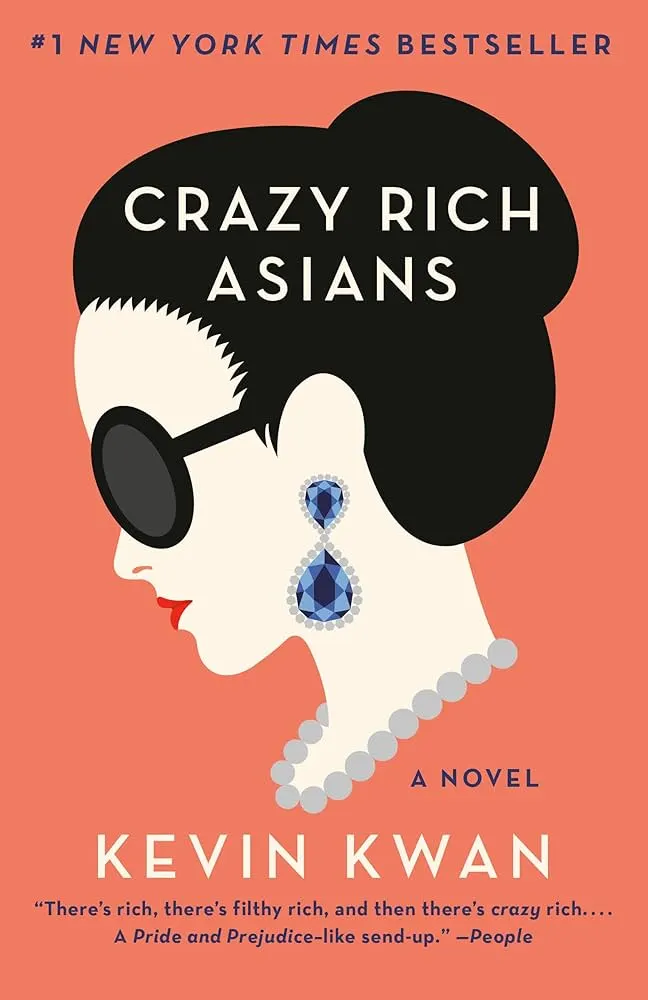
Crazy Rich Asians by Kevin Kwan
When Rachel Chu, a Chinese-American economics professor, travels to Singapore with her boyfriend, Nick Young, for his best friend’s wedding, she is surprised to learn that Nick’s family is incredibly wealthy and one of the most influential in Asia. As she enters the world of extravagant wealth, high society and family expectations, Rachel faces judgment and scrutiny from Nick’s overbearing relatives, particularly his mother. The novel explores themes of love, cultural identity, class and privilege as Rachel navigates the pressure of fitting into a world she never knew existed. Through humor and drama, Crazy Rich Asians reveals the complexities of family loyalty, social status, and the challenges of wealth.
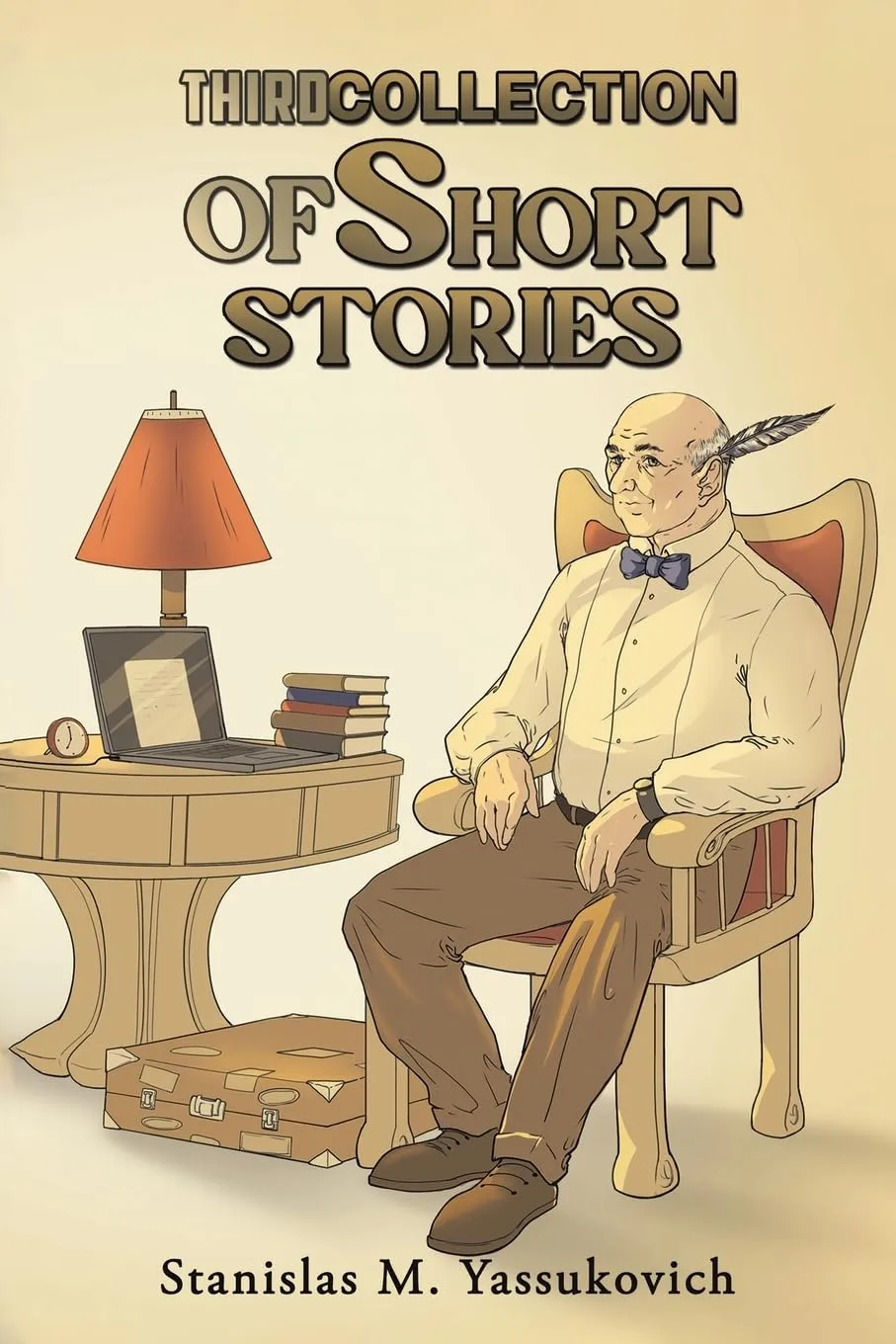
Third Collection of Short Stories by Stanislas Yassukovich
These 14 diverse tales delve into various facets of the human experience and give readers a privileged peek into the intersections of finance, adventure and the human spirit. Drawing from his extensive background as an international investment banker, Yassukovich crafts narratives that explore themes such as social class, relationships, morality and deceit. Set in a range of settings and venues, the stories place characters in situations where they must navigate the complexities of right and wrong. This collection serves as a worthy successor to his previous works, providing readers with a profound look into the intricacies of human nature and the challenges individuals face in their personal journeys. Read the full BookTrib review here.
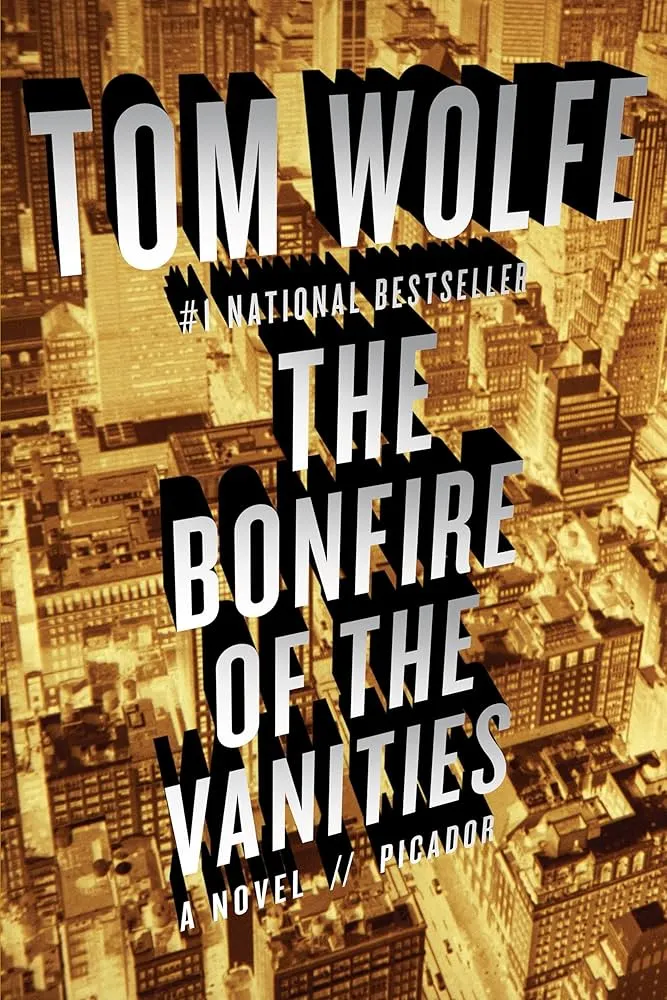
The Bonfire of the Vanities by Tom Wolfe
This biting social satire follows Sherman McCoy, a wealthy bond trader in 1980s New York City, who becomes entangled in a scandal that threatens to unravel his life. After a car accident in the Bronx, where Sherman and his mistress are involved in a hit-and-run incident, the media, politicians, and public opinion turn against him. The novel satirizes the excesses of Wall Street, the media, and the political world, revealing the moral decay and hypocrisy of the era’s elites. As Sherman’s life spirals out of control, The Bonfire of the Vanities critiques the obsession with wealth, status and power, exposing the destructive forces of greed, ambition and social class in modern American society.
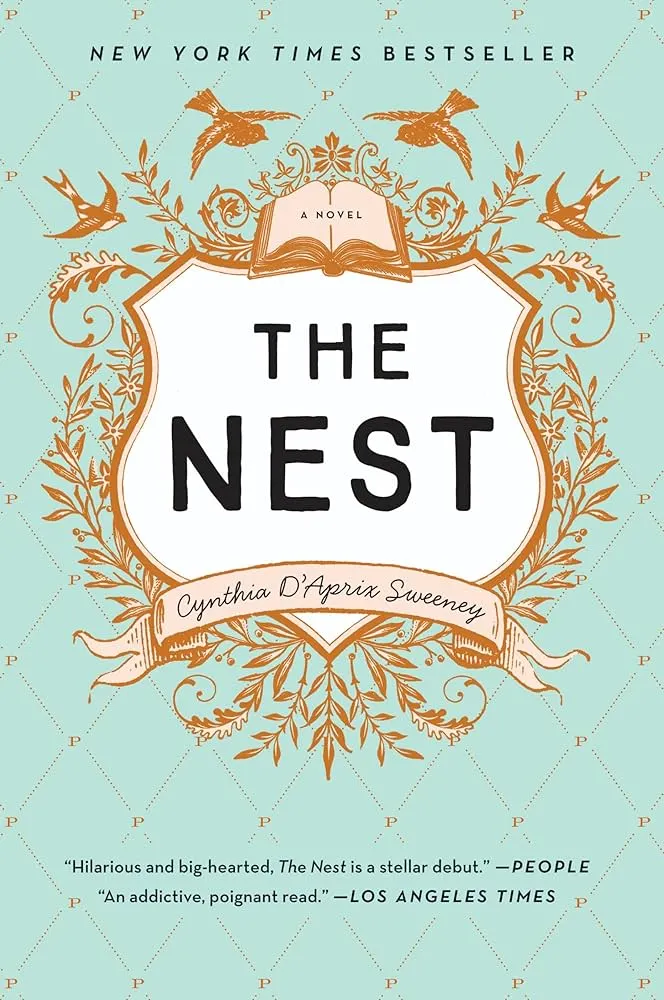
The Nest by Cynthia D’Aprix Sweeney
Plumb siblings Jack, Bea, Leo and Melody eagerly await the distribution of their family trust fund, known as “the Nest” — but everything is thrown off kilter due to Leo’s reckless behavior, and the siblings’ hopes for a financial windfall are slowly unraveled. As each sibling faces personal struggles, from financial ruin to strained relationships, the novel explores the complexities of family, entitlement, and the impact of wealth. The Plumbs’ privilege and dependence on the Nest force them to confront their own desires, flaws, and the consequences of their actions, ultimately revealing the tension between security, dependence and self-determination.
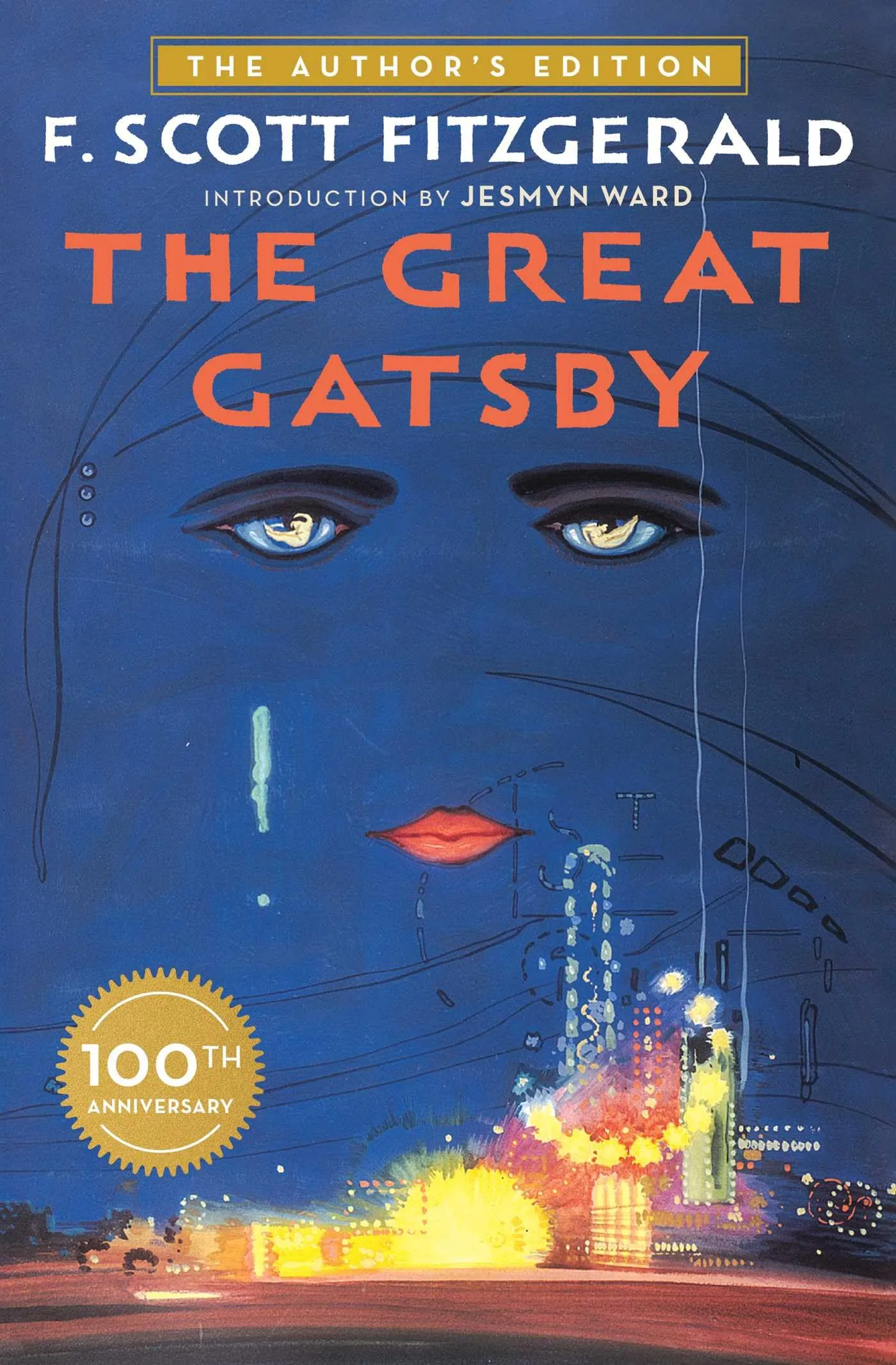
The Great Gatsby by F. Scott Fitzgerald
This American classic — which inspired one of my all-time favorite film adaptations — follows the life of Nick Carraway, a young man from the Midwest who moves to New York in the 1920s to pursue a career in banking. But Nick quickly becomes drawn into the world of his mysterious neighbor, Jay Gatsby, a wealthy and charismatic man known for his extravagant parties. As Nick uncovers Gatsby’s past, he learns that Gatsby is desperately trying to rekindle a lost romance with Daisy Buchanan, Nick’s cousin, who is married to the wealthy but indifferent Tom. The novel explores themes of the American Dream, love, class and disillusionment, ultimately revealing the emptiness and moral decay lurking beneath the surface of wealth and privilege in post-war America.

Nightingale by Tony Lopes
This novel, inspired by true events, follows Adelia, a retired artist, after she moves into the upscale Savannah Valley retirement community. Upon discovering that she is not a wealthy widow and that her property was purchased by someone else, local residents attempt to force her out. However, as Adelia revitalizes the community’s art center and organizes an unforgettable gala, three curious neighbors, intrigued by her extraordinary knowledge, come to realize that wealth is not the only value someone can bring to their exclusive enclave. The novel delves into themes of community, personal drama, and new awareness about investment and generational wealth, highlighting how opening our hearts to those from different backgrounds can enrich our lives. Read the full BookTrib review here.
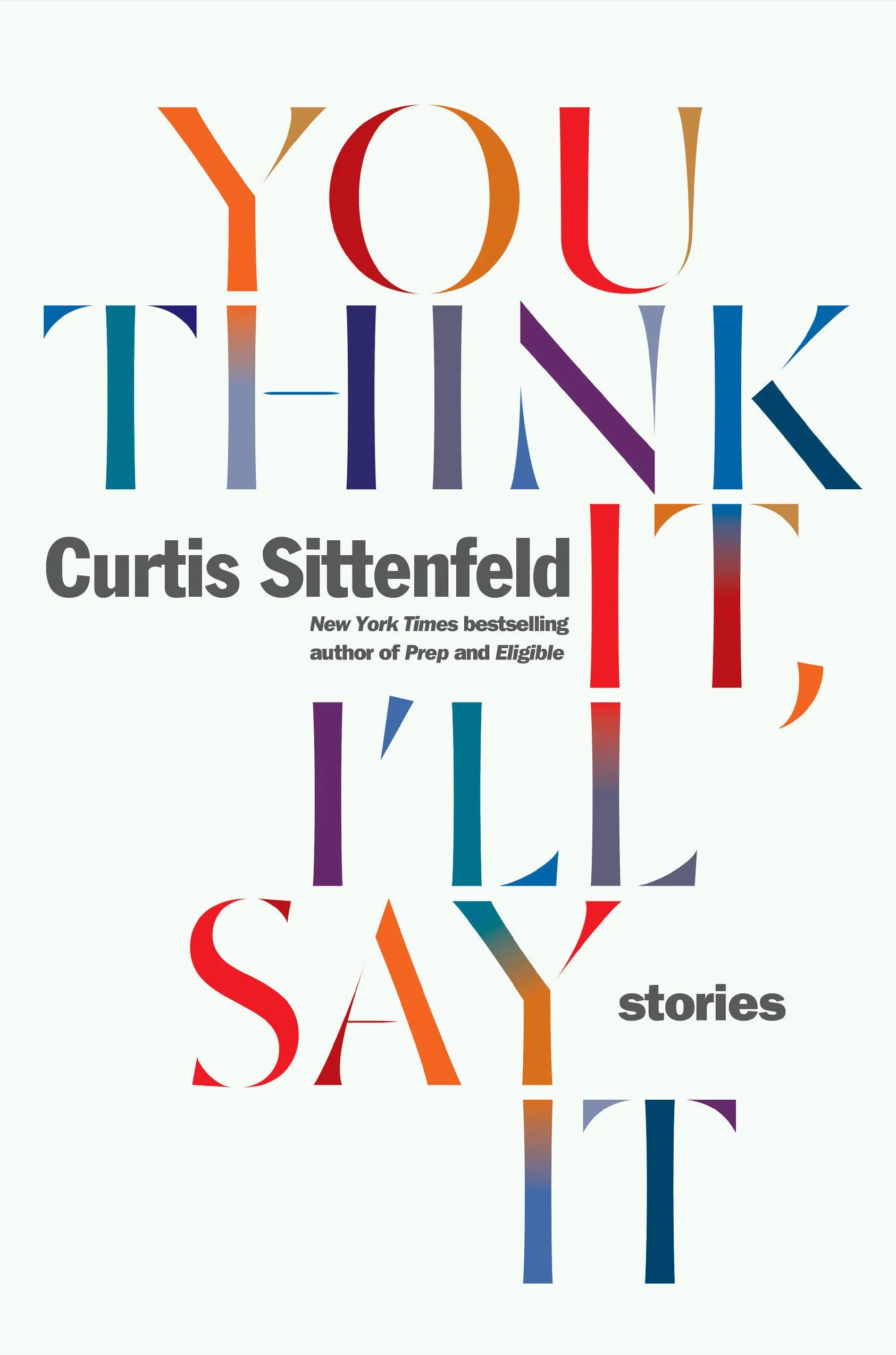
You Think It, I’ll Say It by Curtis Sittenfeld
You Think It, I’ll Say It is a sharp, witty collection of ten short stories exploring privilege, power and human folly. Through nuanced characters — often affluent, educated and self-aware — Sittenfeld dissects the ways people misjudge, envy and misunderstand one another. Stories range from a journalist obsessed with a former classmate’s social media life to a married woman’s flirtation with an old acquaintance during the 2016 election. Themes of wealth, gender and self-delusion run throughout, offering keen social commentary with humor and poignancy. With her signature psychological insight, Sittenfeld reveals how our assumptions — about love, success and morality — often shape our realities more than the truth itself. The collection is both an entertaining and thought-provoking study of modern privilege.
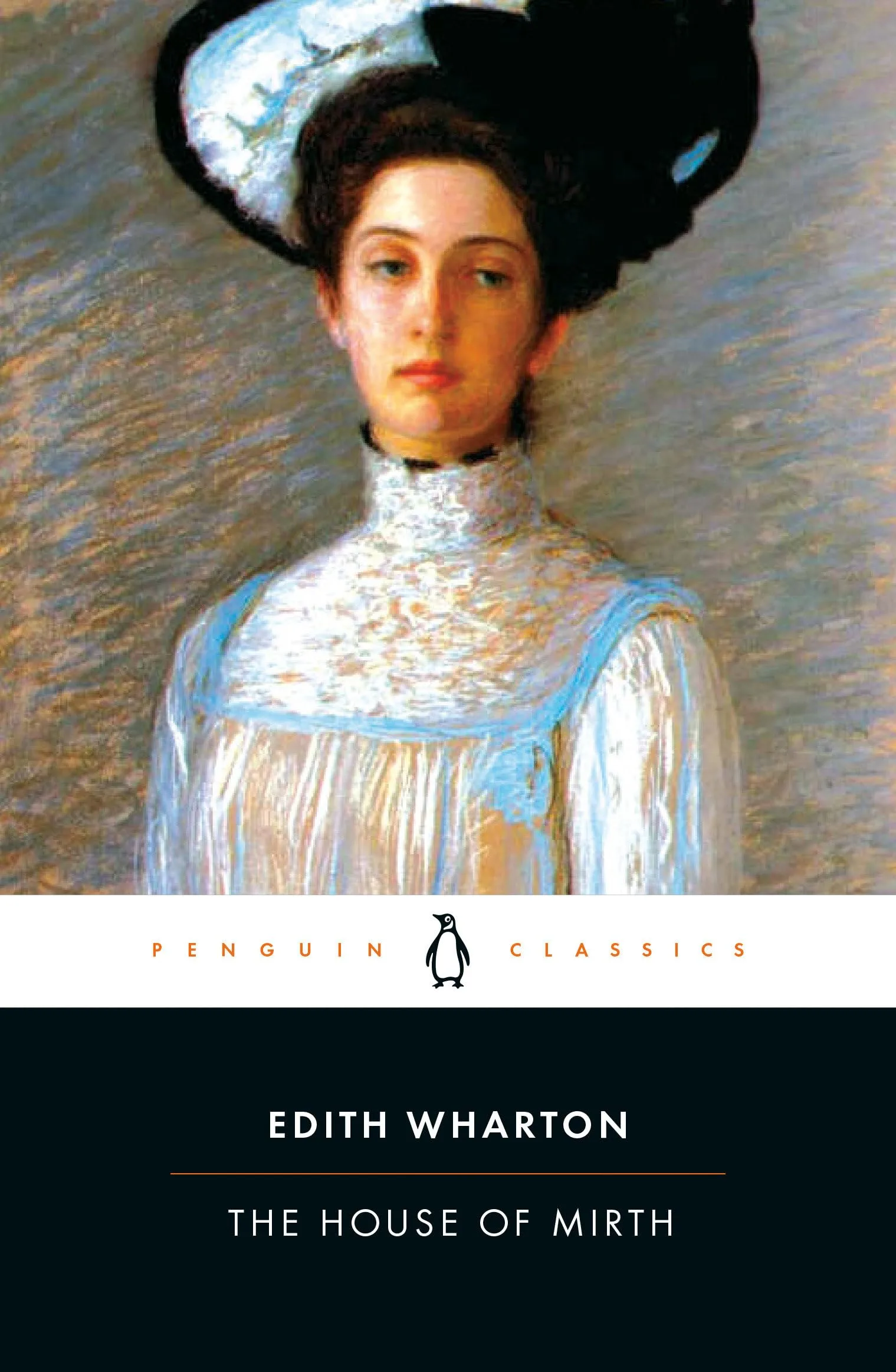
The House of Mirth by Edith Wharton
While this classic might not be as well-known as The Great Gatsby, The House of Mirth continually withstands the tests of time. The story follows Lily Bart as she seeks financial security in late 19th-century New York. Born into a once-wealthy family, Lily must navigate the high society of Manhattan to find a marriage that will secure her status and wealth. Despite her charms, Lily struggles with the expectations placed on women in her social class, torn between love and the desire for security. As she becomes entangled in a series of romantic and social missteps, Lily’s reputation begins to falter, and she faces the consequences of her choices. Wharton’s novel critiques the rigid class structure, the limited roles available to women, and the destructive nature of wealth and social ambition, emphasizing the cost of maintaining one’s place in society.
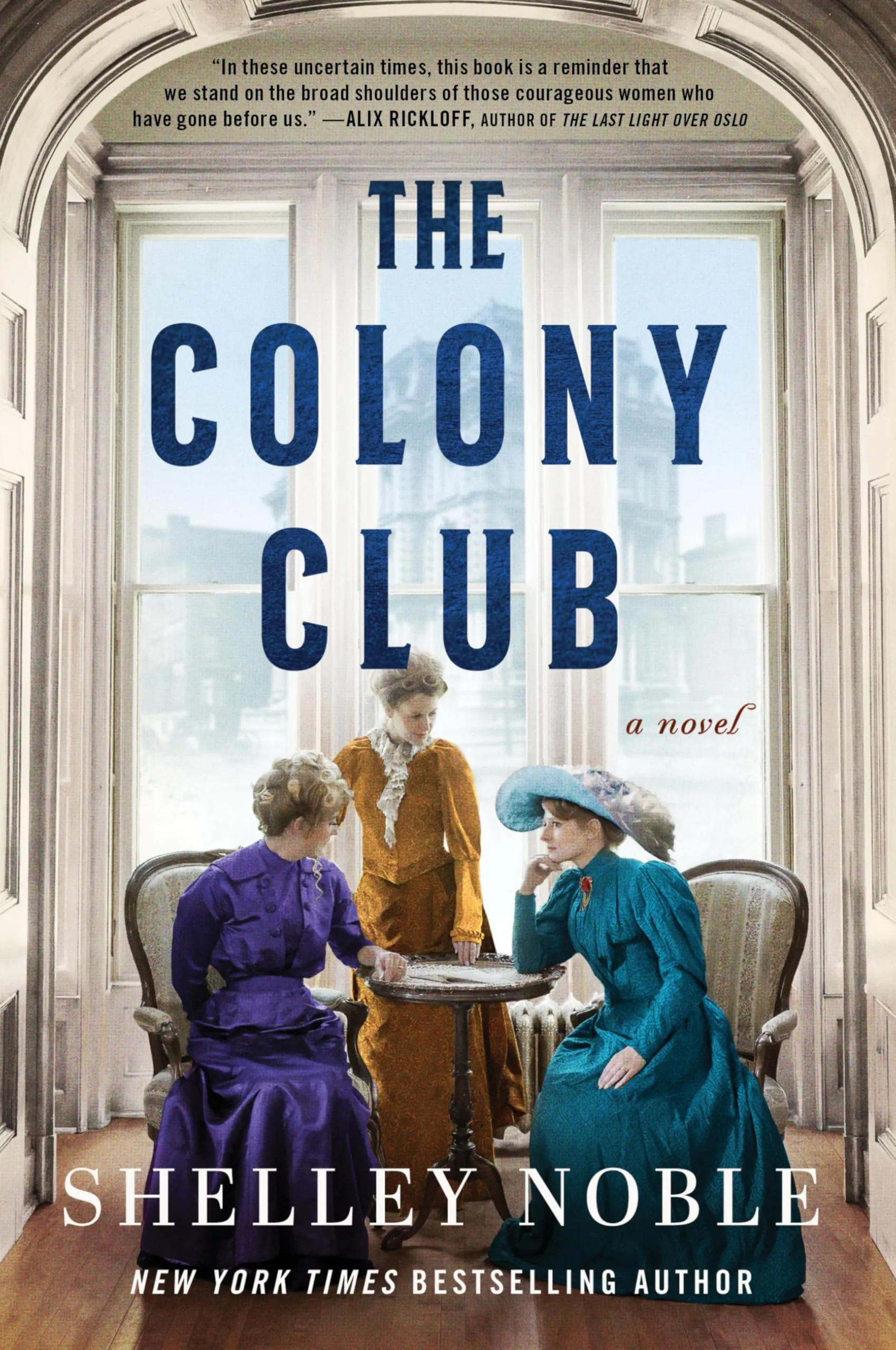
The Colony Club by Shelley Noble
Set in New York’s Gilded Age (the late 19th century), this story follows three women — Daisy Harriman, Elsie de Wolfe and Nora Bromely — as they challenge societal norms to establish Manhattan’s first elite women’s club. Daisy, a wealthy socialite, envisions a sanctuary for independent women. Elsie, a struggling actress, discovers a passion for interior design, while Nora, an aspiring architect, battles gender barriers in her field. Amid scandals, including architect Stanford White’s shocking murder, they navigate the expectations of high society to build a space for powerful women. This thrilling and dazzling novel explores privilege, ambition and exclusivity within New York’s elite, particularly the evolving roles of women in high society. Read the full BookTrib review here.

